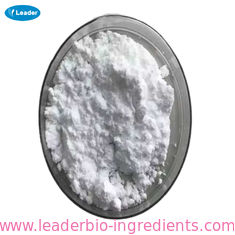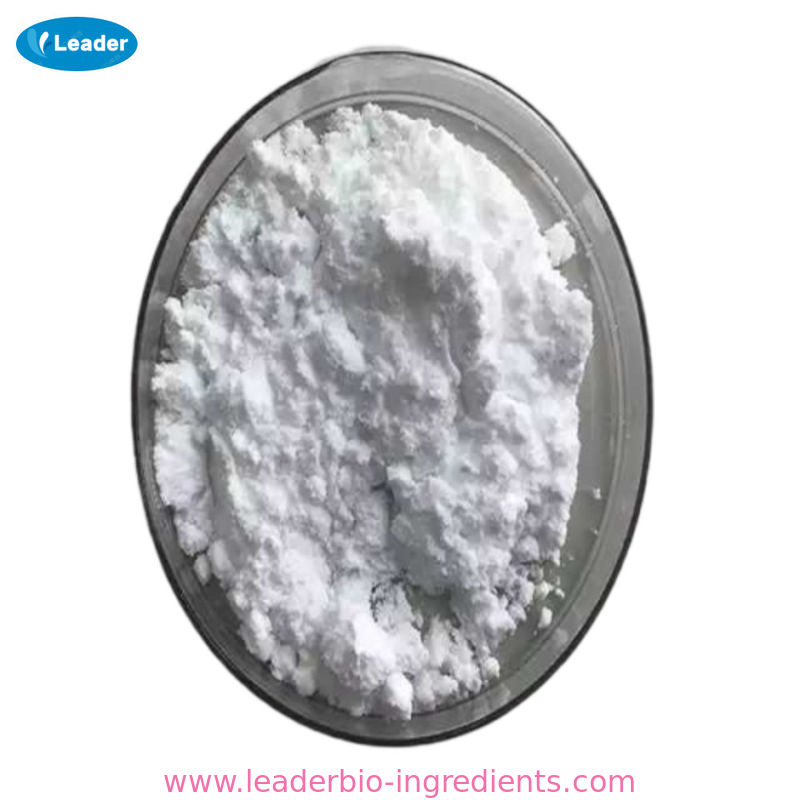| Potassium benzoate Basic information |
| Product Name: | Potassium benzoate |
| Synonyms: | POTASSIUM BENZOATE;benzoic acid potassium;PotassiumBenzoateC7H5KO2;Benzoicacidpotassiumsaltanhydrous;Kaliumbenzoat,wasserfrei;BENZOIC ACID POTASSIUM SALT;POTASSIUM BENZOATE REAGENT;POTASSIUMBENZOATE,CRYSTAL,REAGENT |
| CAS: | 582-25-2 |
| MF: | C7H5KO2 |
| MW: | 160.21 |
| EINECS: | 209-481-3 |
| Product Categories: | Food additive |
| Mol File: | 582-25-2.mol |
| Potassium benzoate Chemical Properties |
| Melting point | >300°C |
| density | 1.558 g/cm3 |
| solubility | Soluble in ethanol, slightly soluble in methanol, insoluble in r. |
| PH | pH(50g/l, 25℃) : 7.0~9.0 |
| Sensitive | Hygroscopic |
| Hydrolytic Sensitivity | 0: forms stable aqueous solutions |
| Merck | 14,1091 |
| BRN | 3719165 |
| InChIKey | XAEFZNCEHLXOMS-UHFFFAOYSA-M |
| CAS DataBase Reference | 582-25-2(CAS DataBase Reference) |
| EPA Substance Registry System | Benzoic acid, potassium salt (582-25-2) |
| MSDS Information |
| Provider | Language |
|---|---|
| SigmaAldrich | English |
| ALFA | English |
| Potassium benzoate Usage And Synthesis |
| Description | Potassium benzoate is the potassium salt of benzoate. It is mostly used for food preservation for inhibiting the growth of mold, yeast and bacteria since it can create low pH condition after entering into the cells to suppress the anaerobic fermentation of glucose. It can also be used in the whistle in many fireworks. In analytic chemistry, it can be used as eluents for ion chromatography to increase the detector response. |
| Chemical Properties | Potassium benzoate occurs as a slightly hygroscopic, white, odorless or nearly odorless crystalline powder or granules. Aqueous solutions are slightly alkaline and have a sweetish astringent taste. |
| Chemical Properties | Potassium benzoate ( E212 ) , the potassium salt of benzoic acid, is a food preservative that inhibits the growth of mold, yeast and some bacteria. It works best in low-pH products, below 4.5, where it exists as benzoic acid. Acidic foods and beverages such as fruit juice (citric acid), sparkling drinks (carbonic acid), soft drinks (phosphoric acid), and pickles (vinegar) may be preserved with potassium benzoate. It is approved for use in most countries including Canada, the U.S., and the EU, where it is designated by the E number E212. In the EU, it is not recommended for consumption by children. |
| Uses | Pharmaceutic aid (preservative). |
| Production Methods | Potassium benzoate is prepared from the acid–base reaction between benzoic acid and potassium hydroxide. |
| Pharmaceutical Applications | Potassium benzoate is predominantly used as an antimicrobial preservative in a wide range of beverages, foods and some pharmaceutical formulations. Preservative efficacy increases with decreasing pH; it is most effective at pH 4.5 or below. However, at low pH undissociated benzoic acid may produce a slight though discernible taste in food products. Increasingly, potassium benzoate is used as an alternative to sodium benzoate in applications where a low sodium content is desirable. Therapeutically, potassium benzoate has also been used in the management of hypokalemia. |
| Safety Profile | Combustible when exposed to heat or flame. When heated to decomposition it emits acrid smoke and irritating fumes. |
| Safety | Potassium benzoate is widely used in food products and is generally regarded as a nontoxic and nonirritant material. However, people with a history of allergies may show allergic reactions when exposed to potassium benzoate. Ingestion is inadvisable for asthmatics. Higher concentrations of potassium benzoate have been reported to cause irritation to mucous membranes. The WHO acceptable daily intake of total benzoates including potassium benzoate, calculated as benzoic acid, has been estimated at up to 5 mg/kg of body-weight. |
| Safety | Potassium benzoate was recently described by the Food Commission, who campaign for 'safer, healthier food in the UK', as "mildly irritant to the skin, eyes and mucous membranes". Cats have a significantly lower tolerance to benzoic acid and its salts than rats and mice. |
| Chemical Synthesis | One very common way to make potassium benzoate is by oxidizing toluene. Another way to synthesize potassium benzoate in the lab setting is by reacting methyl benzoate with potassium thio acetate. |
| storage | Potassium benzoate is stable at room temperature under normal storage conditions. Since it is slightly hygroscopic, potassium benzoate should be stored in sealed containers. Exposure to conditions of high humidity and elevated temperatures should be avoided. |
| Purification Methods | Potassium benzoate [582-25-2] M 160.2. Crystallise it from water (1mL/g) between 100o and 0o. [Beilstein 9 III 375, 9 IV 279.] |
| Mechanism of food preservation | The mechanism of food preservation begins with the absorption of benzoic acid into the cell. If the intracellular pH changes to 5 or lower, the anaerobic fermentation of glucose through phosphofructokinase is decreased by 95 %. |
| Spectra | Carbon 13 NMR The carbon NMR shows 5 unique peaks. There are four peaks between 130 - 140 ppm from the carbons in the benzene ring. There is an additional carbon peak around 178 ppm representing the carbon from the carbonyl. Infrared spectrum The following are the main peaks in the IR spectrum. 1610: C=O from carbonyl 1580: C=C from benzene ring. |
| Incompatibilities | Potassium benzoate is incompatible with strong acids and strong oxidizing agents. |
| Regulatory Status | GRAS listed. Accepted as a food additive in Europe. Included in the Canadian List of Acceptable Non-medicinal Ingredients. |
| References | Gjerde, Douglas T., and J. S. Fritz. "Sodium and potassium benzoate and benzoic acid as eluents for ion chromatography." Analytical Chemistry 53.14(1981):2324-2327. Zengin, N., et al. "The evaluation of the genotoxicity of two food preservatives: Sodium benzoate and potassium benzoate." Food & Chemical Toxicology An International Journal Published for the British Industrial Biological Research Association 49.4(2011):763-9. Zeb, Alam, et al. "Grape juice preservation with benzoate and sorbate. " Advances in Food Sciences (2009). Marietta, Michael S. "Fireworks artillery shell." US, US6912958. 2005. |
| Potassium benzoate Preparation Products And Raw materials |

